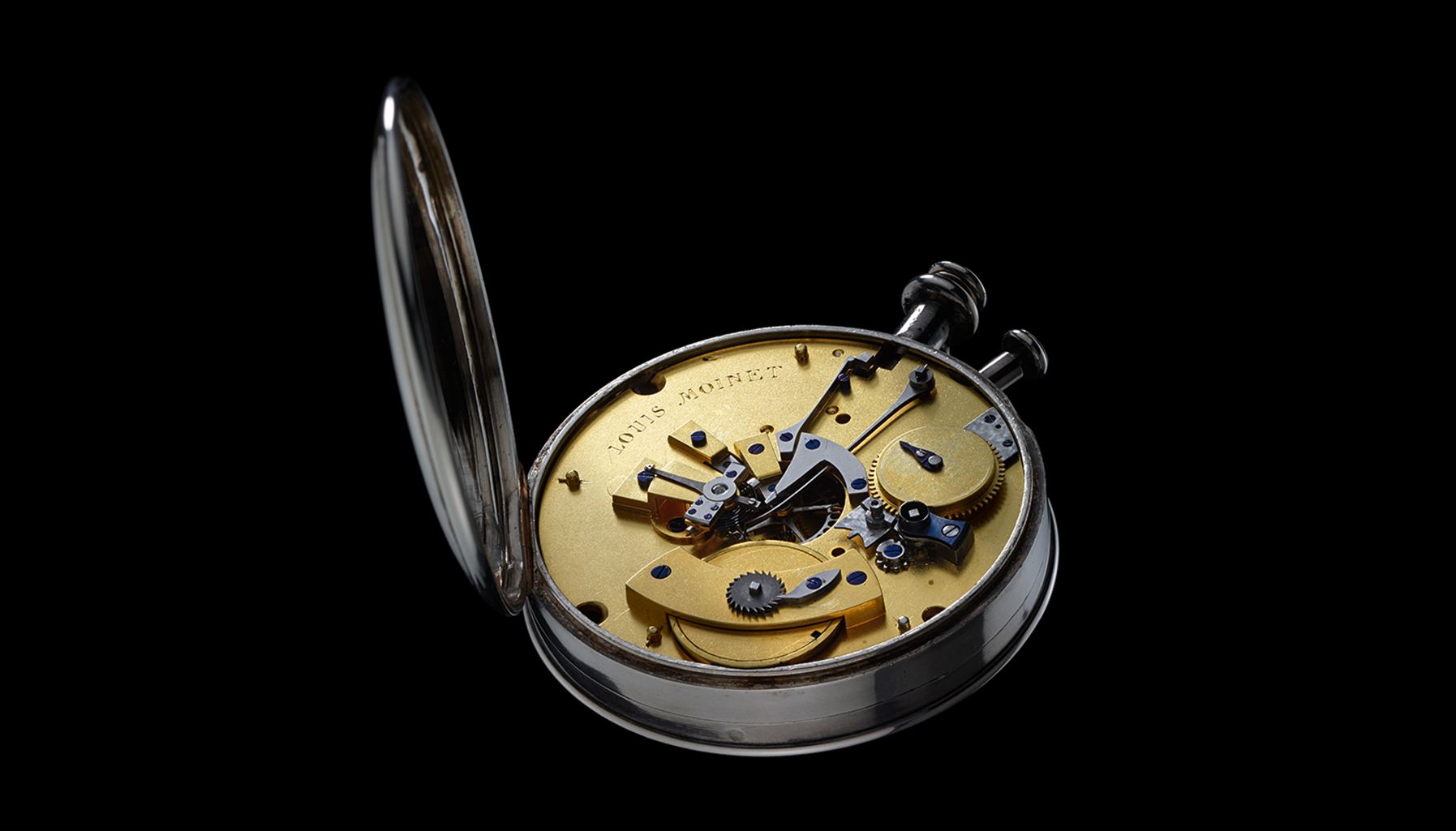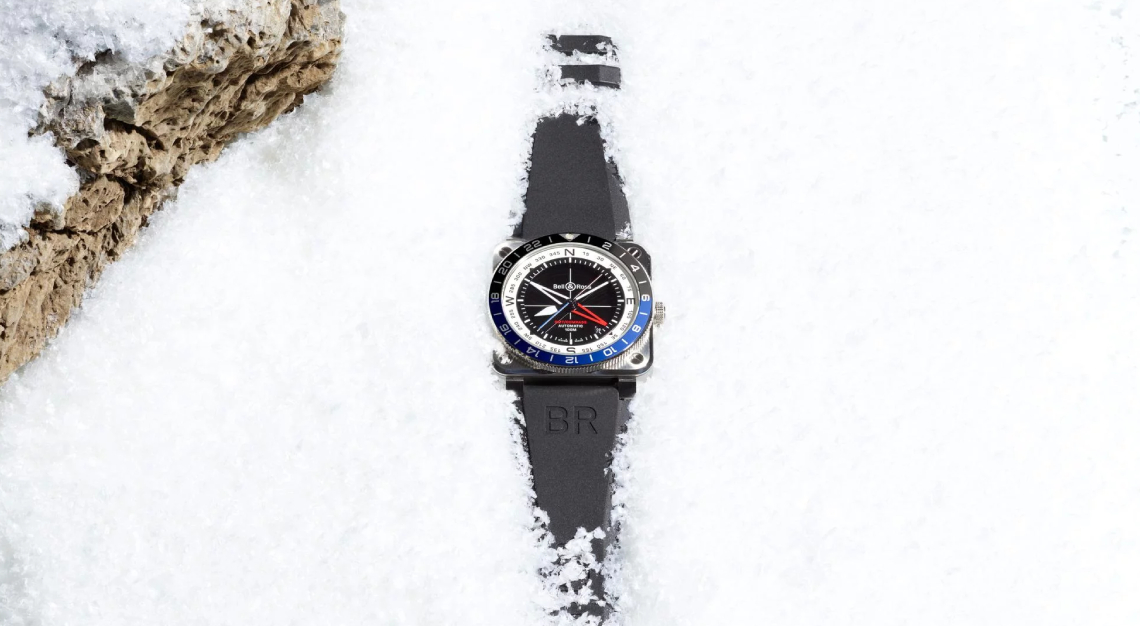The final countdown
Timekeeping devices have been in existence since before the first century AD, but it was only in 1816 that man could truly master time – by pausing, dividing, and resetting it. For this, the horophiles have Louis Moinet to thank. That was the year the French watchmaker unveiled the compteur de tierces, or the world’s first chronograph.

Compteur de tierces is French for ‘third counter’ and this remarkable instrument was so named because it was capable of measuring time down to an accuracy of a sixtieth of a second, then known as a third. Before Moinet’s invention, the best precision watchmakers could attain was to a tenth of a second. While modern chronographs are associated with sports, Moinet had built his instrument for a more rigorous use – to time the movement of stars and planets. Its accuracy had to befit this purpose. To break down time measurements to sixtieth of a second required a balance frequency of 30Hz, which works out to 216,000 vibrations per hour, or 60 vibrations per second. This was groundbreaking for its time, and remains impressive today; modern wristwatches have an average frequency of just 4Hz.
Unlike the chronographs of today, this 19th century creation had the chronograph function take centrestage with a central hand indicating the countdown. Two buttons controlled its stop, start, and reset. It’s worth mentioning that the reset function, which allowed the hand to return immediately to zero, was considered particularly revolutionary for its time. With the chronograph function situated front and center on the dial, the seconds, minutes and hours were relegated to three sub dials at eleven, one, and six o’clock.
The brand has also been faithfully keeping up with the times, designing inventions while retaining its heritage. To commemorate the 200th anniversary of the chronograph, Louis Moinet created masterpieces, each earning a well-deserved place in an aficionado’s cabinet.






